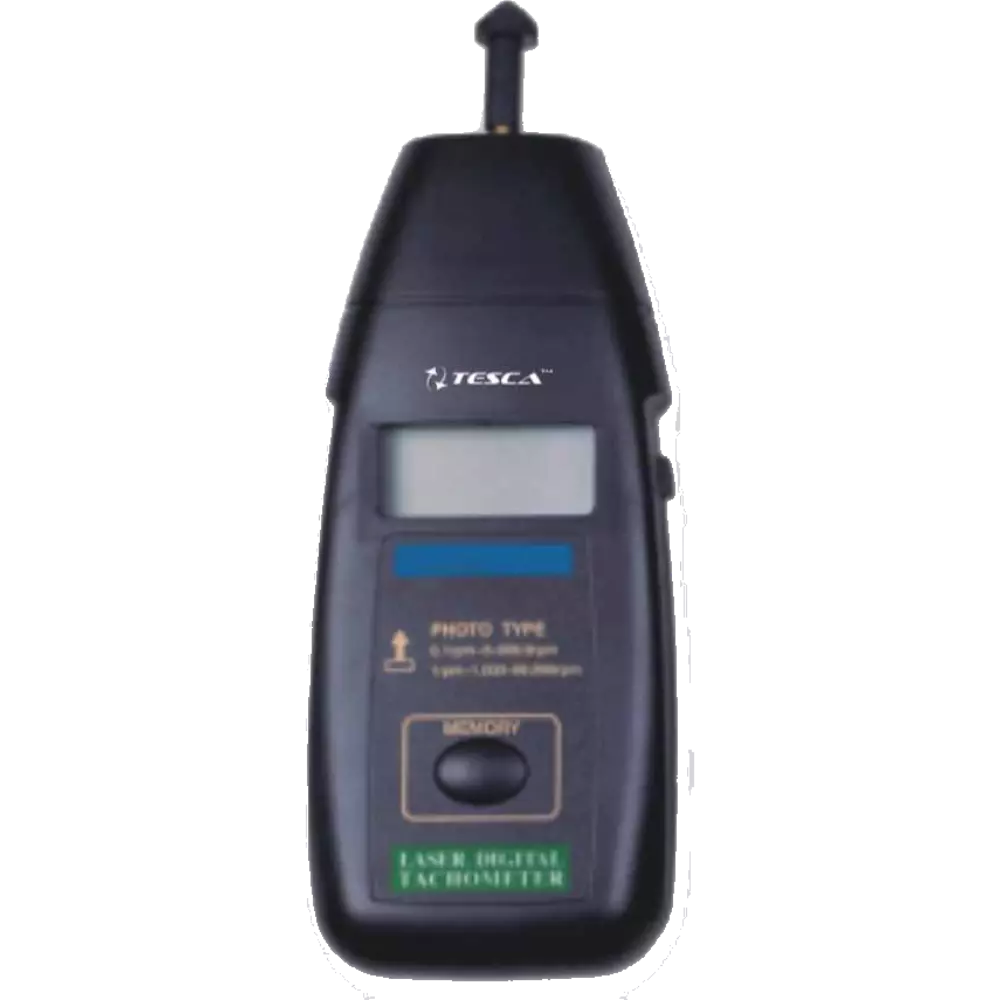Tachometer Basics: Whatever You Required to Know for Accurate Readings
Tachometer Basics: Whatever You Required to Know for Accurate Readings
Blog Article
Discovering the Features and Benefits of a Tachometer: A Comprehensive Guide for Auto Fanatics
In the world of vehicle instrumentation, the tachometer stands as an essential device that offers chauffeurs important insights right into their automobile's efficiency. tachometer. From supplying real-time data on engine rate to helping in optimizing gear changes, the tachometer acts as even more than simply a dial on the control panel. Its diverse features not only enhance driving experience however also play a pivotal function in preserving engine health and efficiency. As we delve into the intricate functions and advantages of a tachometer, a much deeper understanding of its significance for car enthusiasts and specialists alike will certainly unravel.
Comprehending the Basics of a Tachometer
In the world of automobile instrumentation, understanding the essentials of a tachometer is essential for any automobile lover aiming to delve right into the intricacies of engine performance tracking. A tachometer, commonly presented on the control panel of an automobile, measures the engine's changes per minute (RPM) This vital instrument gives real-time information on how quick the engine crankshaft is rotating. By checking the RPM, chauffeurs can ensure they are running within the optimal variety to optimize performance and efficiency.
Tachometers normally have actually a range marked in revolutions per minute, with a redline suggesting the maximum rate at which the engine can securely operate (tachometer). This info is vital for protecting against engine damage and enhancing gear changing for hand-operated transmissions. Furthermore, tachometers can help in detecting engine issues such as misfires or a failing ignition system by detecting uneven RPM analyses
Significance of Monitoring Engine Speed

Keeping an eye on engine speed is a vital facet of lorry maintenance and performance optimization for automotive enthusiasts and experts alike. The engine speed, determined in revolutions per minute (RPM), shows just how quickly the engine's crankshaft is revolving. By keeping a close eye on the RPM, motorists can make certain that the engine is operating within the ideal array, preventing potential damages from over-revving or stalling. Keeping an eye on engine speed is particularly crucial throughout equipment shifts, as it aids chauffeurs figure out the correct time to alter gears for smooth velocity and efficient gas intake.
In addition, tracking engine speed can likewise give valuable understandings right into the overall health of the car. Uncommon variations in RPM may suggest problems such as a stopped up air filter, gas system issues, or perhaps engine misfires. By finding these problems early on with the tachometer readings, drivers can attend to potential concerns immediately, avoiding extra extreme damage and costly repair services down the line. Overall, keeping track of engine speed with a tachometer is a basic technique that can boost driving performance, extend engine check my blog life, and make certain a much safer and a lot more delightful driving experience.
Enhancing Efficiency With Gear Shifts
Enhancing performance via strategic equipment shifts is a crucial aspect of optimizing a car's performance and power result. Correct gear moving guarantees that the engine runs within its optimal power band, enabling smooth acceleration and improved fuel economic climate. When changing equipments, it is essential to focus on the engine speed suggested on the tachometer. By keeping track of the engine changes per minute (RPM), chauffeurs can establish the most favorable minutes to upshift or downshift for optimum efficiency.

To attain peak performance with equipment shifts, vehicle drivers should exercise smooth and timely transitions in between equipments, matching engine rate with road rate to harness the full potential of their automobile's powertrain.
Maximizing Performance With a Tachometer
Mastering the art of equipment shifting in high-performance lorries not only enhances driving experience but also plays a crucial duty in optimizing performance with a tachometer. tachometer. By paying very close attention to the tachometer readings, chauffeurs can optimize their equipment changes to operate within the engine's most effective range. When accelerating, changing equipments at the best RPM indicated by the tachometer can avoid the engine from overworking or underperforming, causing improved gas efficiency and total efficiency
Additionally, a tachometer assists drivers stay clear of unneeded revving, which not just throws away gas but also puts unneeded pressure on the engine. Regularly checking the tachometer while driving permits smoother gear changes, minimizing damage on the transmission system over time.

Advanced Tips for Tachometer Application
Enhancing driving accuracy through adept tachometer interpretation is crucial to optimizing lorry performance. To delve right into advanced ideas for tachometer use, consider integrating making use of shift lights. Shift lights are aesthetic indicators that brighten when it's time to shift equipments based upon engine revolutions per minute (RPM), enabling for seamless equipment modifications without frequently keeping an eye on the tachometer. In addition, practicing next page heel-and-toe downshifting method can be beneficial when going for smoother changes between gears. This method entails using both the brake and accelerator pedals at the same time while downshifting, aiding to maintain engine RPM and avoid jerky motions. In addition, making use of a performance tachometer with customizable settings can provide real-time information tailored to specific driving preferences or automobile alterations. By fine-tuning shift points and setting cautioning thresholds, chauffeurs can optimize acceleration and engine performance while reducing the risk of over-revving. These advanced methods, when combined with a deep understanding of tachometer analyses, can boost driving effectiveness and total driving experience.
Verdict
In conclusion, the tachometer functions as a vital tool for vehicle fanatics to keep an eye on engine speed, boost performance through gear changes, and optimize effectiveness. By recognizing the features and advantages of a tachometer, motorists can enhance their driving experience and extend the life-span of their automobile. Utilizing sophisticated tips for tachometer usage can better improve driving skills and total performance when driving.
Report this page